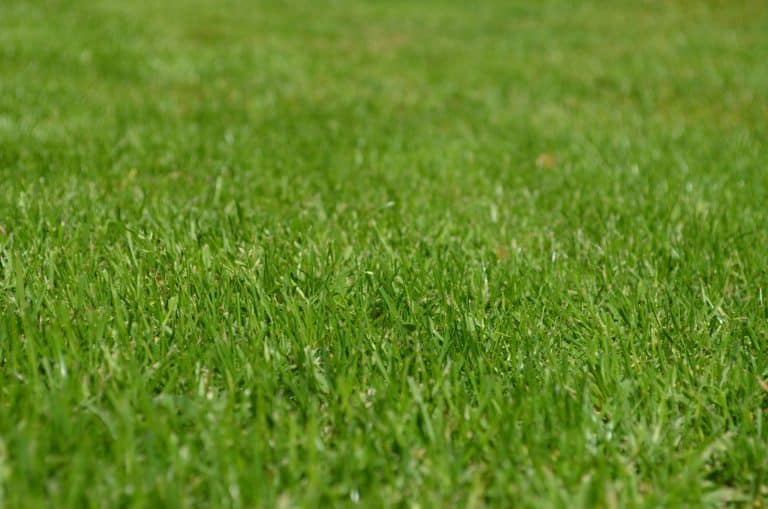Have you ever looked at your neighbor’s lush, green lawn and thought, What’s their secret? Chances are, it’s not just about frequent mowing or watering — it’s all about what’s going on beneath the surface. Yep, we’re talking about soil fertility. If you’re serious about keeping your lawn healthy, vibrant, and resilient, then understanding and documenting the role of soil fertility should be on your to-do list. Whether you’re a gardening hobbyist or a full-on backyard scientist, this guide will walk you through the how and why of researching soil fertility and how to keep track of your findings like a pro.
Why Soil Fertility Matters More Than You Think
Let’s start with the basics. Soil fertility refers to the soil’s ability to supply essential nutrients to plants in the right balance and at the right time. A fertile lawn soil encourages strong root development, dense grass growth, and resistance to pests and diseases. On the flip side, poor soil can lead to patchy, yellowing, or weak grass — no matter how often you water or mow.
To truly understand what’s going on beneath the surface, it’s worth taking a closer look at your soil’s composition. Testing and observing your soil can reveal a lot about its health, from its pH level to its organic matter content. Sometimes this process can seem complicated and boring, so researchers turn to write my research paper from SameDayPapers, resulting in high-quality research papers, free of plagiarism and spelling errors. Just like crafting a well-researched paper, studying your soil requires attention to detail, patience, and proper tools if you want to grow a lush, healthy lawn.
For researchers , it’s easy to get overwhelmed by all the variables in a research project, and the same goes for lawn care. But once you break down the process and focus on the individual components, things start to fall into place.
Step 1: Start with a Soil Test — Your Lawn’s Report Card
Before you dive into adding fertilizers or amendments, you’ve got to know what you’re working with. Soil testing is your starting line.
What a Soil Test Tells You
A standard soil test can reveal:
- pH level (acidic or alkaline)
- Macronutrient levels like nitrogen (N), phosphorus (P), and potassium (K)
- Micronutrients like calcium, magnesium, and sulfur
- Organic matter percentage
- Soil texture and drainage tendencies
Testing kits are available at garden centers, or you can send a sample to your local extension office or a lab. Lab tests are more accurate and detailed, and they often come with customized recommendations.
📌 Pro tip: Test your soil at least once every two years — ideally in early spring or fall.
Step 2: Identify Your Grass Type and Its Needs
Not all grass is created equal. Different grass types have different nutrient and soil requirements. For example:
- Cool-season grasses (like Kentucky bluegrass, fescue, and ryegrass) thrive in cooler temps and often prefer slightly higher nitrogen levels.
- Warm-season grasses (like Bermuda, zoysia, and St. Augustine) do better in the heat and may need less frequent fertilization.
Knowing your grass type helps you target your soil amendments properly, instead of taking a one-size-fits-all approach — which rarely works in lawn care.
Step 3: Research Fertility Inputs — Organic vs Synthetic
Once you know your soil’s current condition and your grass’s needs, it’s time to research how to improve fertility. Here’s where you might ask: Should I go organic or synthetic?
Organic Amendments
Organic materials come from natural sources and improve soil structure, moisture retention, and microbial life.
- Compost – Adds organic matter and beneficial microbes
- Manure – Provides slow-release nutrients
- Bone meal – High in phosphorus
- Seaweed or kelp extract – Great for micronutrients
- Coffee grounds – A mild nitrogen boost
Organic options are ideal for gardeners who want to build long-term soil health. The downside? They usually work slower and may require more frequent applications early on.
Synthetic Fertilizers
Synthetic (chemical) fertilizers provide quick, targeted nutrient boosts.
- Easily available in NPK ratios (e.g., 10-10-10)
- Fast-acting — great for immediate results
- Can be over-applied, leading to “burnt” grass or runoff pollution
Some lawn care enthusiasts go for a hybrid approach — using synthetic fertilizer for quick recovery and organics for long-term improvement. There’s no “right” answer, just what works best for your lawn and values.
Step 4: Keep a Lawn Journal — Seriously, It Helps
This might sound like overkill, but trust me: documenting your findings is game-changing. A simple lawn journal (digital or paper) lets you track:
- Test results and amendment schedules
- Weather patterns and watering frequency
- Grass health observations (e.g., yellow spots, dense growth, disease signs)
- Products used and their outcomes
What to Include in Your Notes
|
Category |
Example Entry |
|---|---|
|
Date |
October 1, 2025 |
|
Soil Test Results |
pH 6.5, low N, adequate P and K |
|
Grass Type |
Tall fescue |
|
Action Taken |
Applied compost + 5-5-5 organic fertilizer |
|
Observations |
Growth improved in 10 days; fewer brown patches |
|
Weather Notes |
Rainfall: 0.75”; Temps: 65–72°F |
Over time, your journal becomes your personal lawn research database. You’ll start seeing patterns — like which amendments actually worked, and which products were a waste of time and money.
Step 5: Continue the Research — Stay Curious and Connected
The lawn care world is full of passionate hobbyists and professionals. Keep learning by:
- Joining online forums like LawnSite or Reddit’s r/lawncare
- Following gardening YouTubers and bloggers who share test results and tips
- Attending local workshops or garden club meetings
- Reading university extension articles — they’re packed with science-backed info
Remember, what works in one region might not work in another. A lawn in Arizona faces totally different challenges than one in Vermont. Keep your research localized and seasonal when possible.
Dig Deeper: The Hidden Helpers in Your Soil
While you’re focused on nutrients, don’t forget about the living community underground — microbes, fungi, earthworms, and beneficial bacteria all play huge roles in soil fertility.
- Mycorrhizal fungi help grass roots absorb nutrients more efficiently
- Worms aerate the soil, improve drainage, and mix in organic material
- Microbes break down organic matter and cycle nutrients naturally
Avoid overuse of chemicals that might disrupt these natural allies. Think of them as your lawn’s hidden workforce — underpaid and overachieving!
Conclusion: Research + Action = Lawn Success
Soil fertility isn’t just a science — it’s an art, a practice, and, for many of us, a hobby that’s deeply rewarding. When you take the time to research your soil, understand your grass, and document what works and what doesn’t, you’re setting yourself up for long-term lawn success.
It’s not about having a perfect lawn overnight. It’s about creating a healthy ecosystem that supports growth from the roots up. And when you look out your window and see that vibrant green stretch of grass, you’ll know: You didn’t just get lucky. You earned it.
So grab that soil test, pull out a notebook, and start digging — literally and figuratively. Your lawn will thank you.













